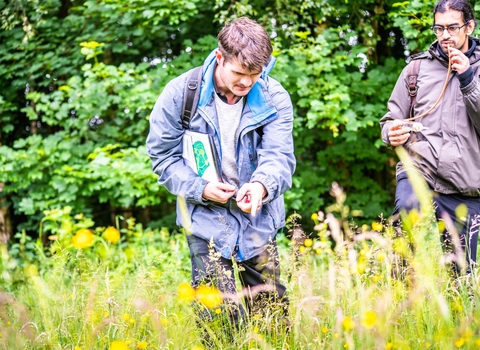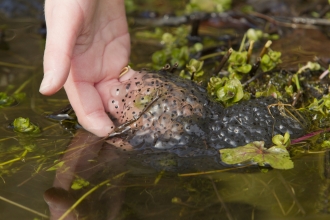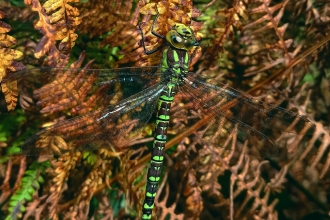EcoRecord is the biological record centre for Birmingham and the Black Country. Your records can help map and monitor our region's wildlife.
EcoRecord collects, collates and makes available information about the wildlife, wildlife sites and habitats of Birmingham and the Black Country and currently has over 500,000 species records on its database.
These records come from many sources, ranging from professional ecologists to amateur naturalists and other wildlife enthusiasts.
EcoRecord provides an information service to a wide range of users such as local authorities, statutory agencies, ecological consultants, national and local recording schemes and others with a an interest in the wildlife of Birmingham and the Black Country
Without the support of volunteers and voluntary organisations across the region committed to biological recording over many years, the knowledge and understanding of the wildlife and ecology of Birmingham and the Black Country would be significantly poorer.
We are interested in all records from the tiniest bugs to the mightiest mammals! Records help us respond to planning and development applications, produce maps of species populations and help us build a picture of how wildlife is doing over time.
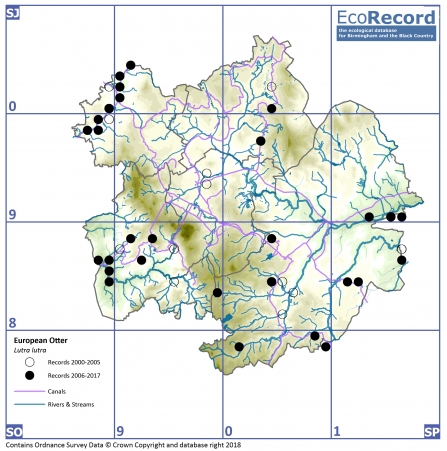
Credit: EcoRecord
Get Involved - Be an EcoRecorder!
It's easy to submit records - In order to have a good biological record we need four crucial pieces of information:
1) WHAT was seen - the species name
2) WHERE it was seen - try to provide as much detail as possible including the name of the site and, especially if it's a large (or long!) site e.g. a canal, where about on the site it was. If you saw it in your garden then just a postcode is fine. Ordnance Survey grid references are also really useful. A great website for finding out a grid reference for a location is: http://gridreferencefinder.com/
3) WHEN it was seen: the date the record was made, ideally in dd/mm/yyyy format, but less precise dates are also fine e.g. November 2017, Summer 2015 etc.
4) WHO saw it - The name of the person(s) who saw it. If anyone else helped you to identify it, please also let us know their name too.
Submitting records is easy - here are some ways, or you can simply complete the form below.
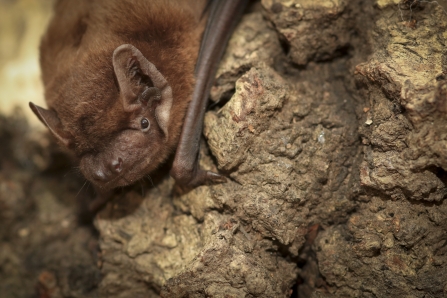
Credit: Tom Marshall
iRecord is a dedicated online recording system which can be used either via the web address above or as a phone app.
You need to sign up for a free account but once you've done this it's easy to submit simple, accurate records to EcoRecord (and other Local Environmental Record Centres).
One of the benefits of iRecord is that you can upload photos to accompany your sighting, and there are a number of expert verifiers who will help to correctly identify your species.
Recording the location of where you saw the species is also really easy as you can zoom in using an interactive map and then simply click on the location you saw it.
This is the EcoRecord Google Form. It's very simple to use and you don't need to sign up for an account. However the form is very basic and it doesn't include the option to upload photos or using a map to finding your location.
Twitter
Twitter users can submit records and photos to us by tweeting @EcoRecording

